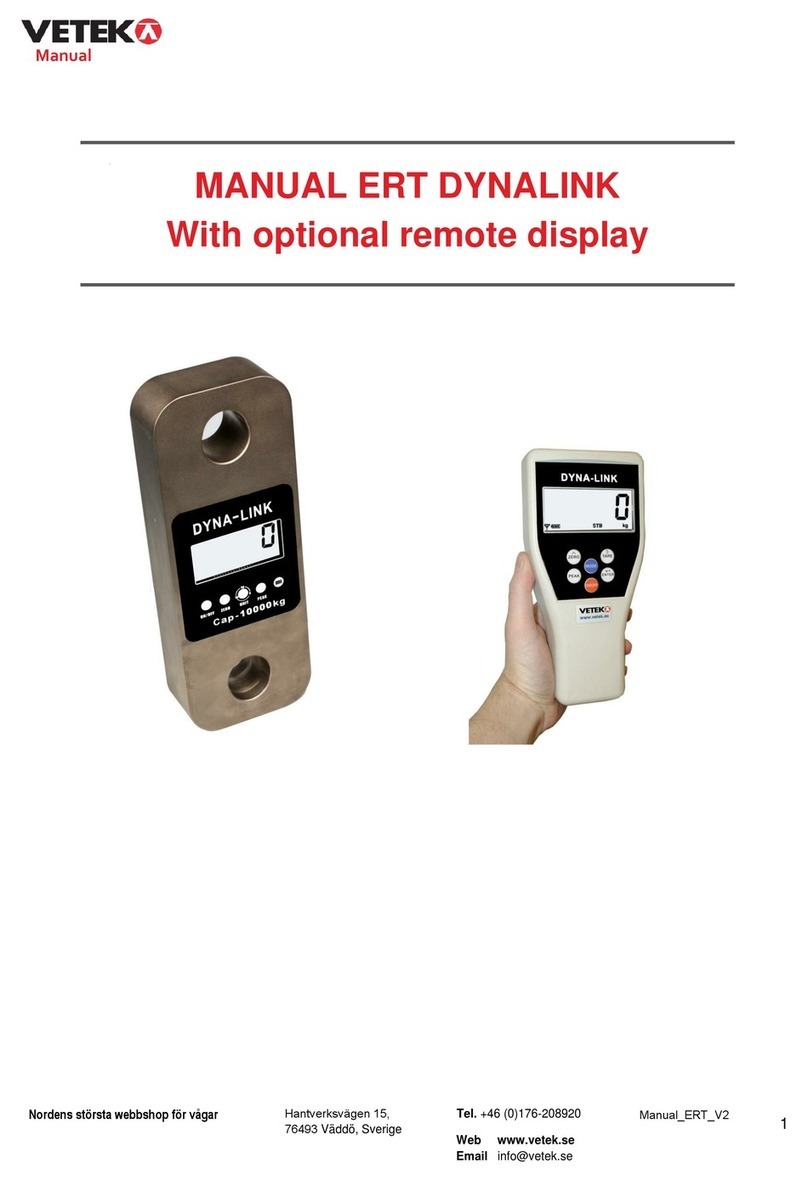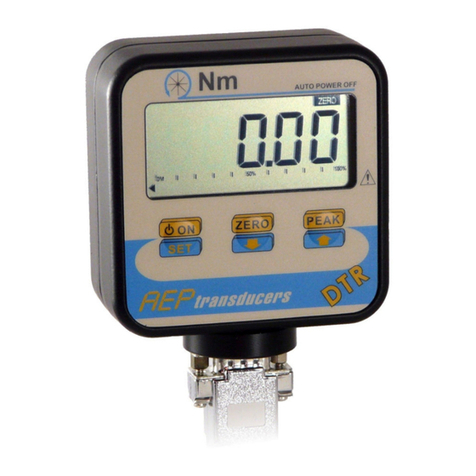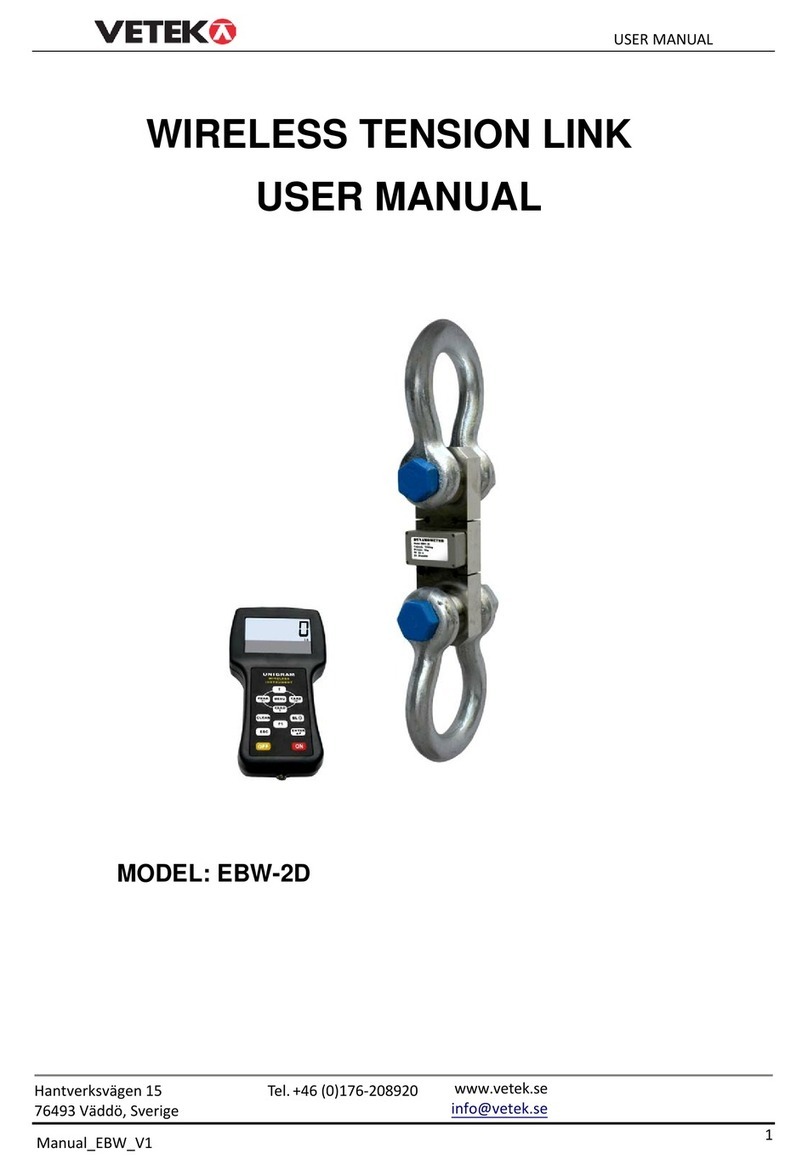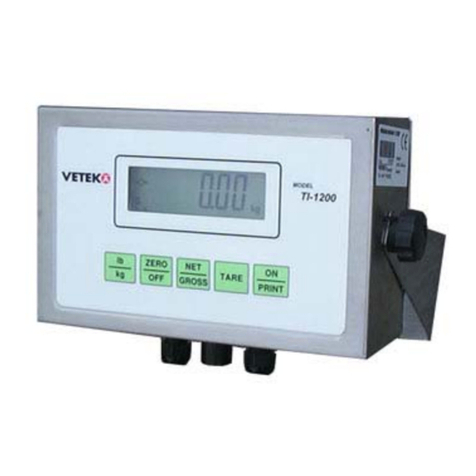
- 3 -
TABLE OF CONTENTS
1. INTENDED USE .................................................................................................................... 5
2. PRECAUTIONS..................................................................................................................... 6
2.1. ................................................................................................................... 6Maintenance
2.2. er supply.................................................................................................................. 6Pow
2.3. Operation in a strong electrostatic field.......................................................................... 6
3. WARRANTY CONDITIONS................................................................................................... 7
4. MAIN DIMENSIONS .............................................................................................................. 8
5. GETTING STARTED ............................................................................................................. 8
6. KEYPAD ................................................................................................................................ 9
7. KEYS’ FUNCTIONS ............................................................................................................. 9
8. INSCRIPTIONS ON THE DISPLAY .................................................................................... 10
9. USER MENU ....................................................................................................................... 11
9.1. .................................................................................................................... 11Submenus
9.2. Browsing user menu .................................................................................................... 12
9.2.1. Keypad ............................................................................................................ 12
9.2.2. Return to the weighing mode .......................................................................... 12
10. WEIGHING ........................................................................................................................ 13
10.1. Tarring ....................................................................................................................... 13
10.2. Inscribing tare value .................................................................................................. 13
10.3. Zeroing ...................................................................................................................... 14
10.4. Weighings in two ranges ........................................................................................... 15
10.5. Selection of basic weight unit .................................................................................... 15
10.6. Temporarily selected unit .......................................................................................... 16
11. MAIN PARAMETERS........................................................................................................ 17
11.1. Setting a filtering level ............................................................................................... 17
11.2. Median filter ............................................................................................................... 18
11.3. Autozero function....................................................................................................... 19
11.4. Tare function.............................................................................................................. 20
12. RS 232 PARAMETERS ..................................................................................................... 21
12.1. Printout type............................................................................................................... 21
12.2. Minimal mass threshold............................................................................................. 22
12.3. Baud rate ................................................................................................................... 23
12.4. Serial transmission parameters ................................................................................. 24
13. OTHER PARAMETERS .................................................................................................... 25
13.1. Backlight function ...................................................................................................... 25
13.1.1. ing from mains.................................................................. 25Backlight for supply
13.1.2. Backlight for supplying from batteries ............................................................. 26
13.2. “Beep” signal – after pressing a key .......................................................................... 27
13.3. Automatic switch-off .................................................................................................. 27
13.4. Batter voltage level check........................................................................................ 28y
13.4.1. ..................................................................................... 28Checking the batteries
13.4.2. discharge pictogram............................................................................ 29Battery
13.4.3. ........................................................................... 29Accumulator charging option
13.4.4. Formatting rechargeable battery packs ........................................................... 30
14. WORK MODES ................................................................................................................. 31
14.1. Setting accessibility of operation modes ................................................................... 31
14.2. Selecting quantity of operation modes ...................................................................... 32
































